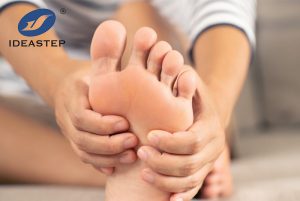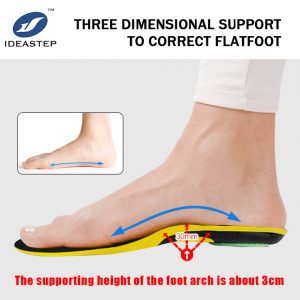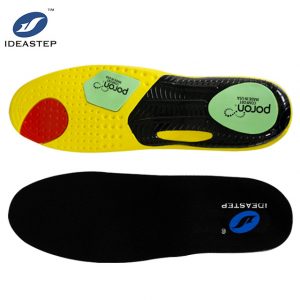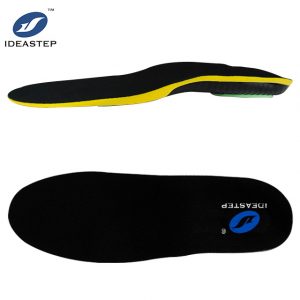- aging
As the age increases, muscle strength deteriorates, and the arch of the arch has begun to collapse.
The structure of human arch is usually around 7 years old. The arcs of the 7 -year -old can naturally change with time, which will become lower and lower. Of course, when you are young, the change is slow. It becomes lower and the feet become longer, which is why it is a one -yard to buy shoes for mothers.
It is recommended to get foot code every year after the age of 25 to avoid problems such as deformation, squeezing, and turning on the shoes.

- 2.ankle sprains
Ankle sprains are common problems. Generally, severe fracture problems are not caused, but twisting feet will relax the muscle ligament of the ankle and lower the stability of the feet. Especially people with habitual stomping can see that the side feet are lower than that of the side foot arch. If the difference is very large, there will usually be painful performance.
Therefore, you must pay attention to the stomach, actively do some rehabilitation training, wear ankle -care and other auxiliary devices to avoid habitual lame.
- The shoes are not suitable
If you often wear soft shoes to walk or exercise, the soles of your feet are not supported, which will reduce the arch.
Of course, there are other factors in our previous “Professional Shoes” article, and there are other factors that are needed for different foot types. For details, please refer to the previous article.

- The impact of X/O legs and other biomechanical
X -type legs will widen the gait during walking, and the lower limbs are more concentrated in the inner side, causing hard force compression flat feet.
O -legs make the gait narrowing during walking, and the lower limb force line is except the except.
Also, other biomechanical effects such as thumb, sole fasciitis, pelvic forward leaning, etc. will also affect the lower arch.
- Long legs
If the lower legs do not wait, long legs will become the main force leg, and long -term walking compression will turn the arch lower.
At the same time, the cause of functional long and short legs is also caused by compensation for spine, pelvis or lower limbs and ankle problems.
- Spinal bending
After the spine is bending, the two sides are asymmetrical, and the feet will be reduced in the load -bearing side.
Usually patients with thoracic curved spine side bending are load -bearing legs, so the chest convex side arch is low; the load -bearing leg of patients with a crooked spine bending is the waist concave side (also called the chest convex side), so the waist concave side side side The arch will be reduced.
Different types of spine bending and compensation types need to be professional and evaluated, and then judges.
Summarize
The asymmetry of the body will lead to a series of compensation changes. At the same time, the above factors will affect each other. The ankle and the spine problems will be closely related. Therefore, we must correct the asymmetric force in time to prevent and improve the biomechanical problems of the body.


More details are available:https://www.aideastep.com/
Hot blogs:
The Easiest Custom Insoles: Heat Moldable Insoles
Custom insoles, also known as orthotic insoles, are designed to provide personalized support and comfort for individuals with various foot conditions. In [...]
Children’s Insole Size Conversion Chart
The standard sizes for shoe insoles may vary from country to country, making it a headache to choose the right insole for [...]
Do custom orthotics need to be made by a doctor personally?
Custom orthotics do not necessarily need to be made by a doctor personally. While doctors, specifically podiatrists or orthopedic specialists, are often [...]
Do NBA players use custom insoles?
Custom insoles are not only helpful for people with foot health issues, but they also play a significant role in targeting the [...]
